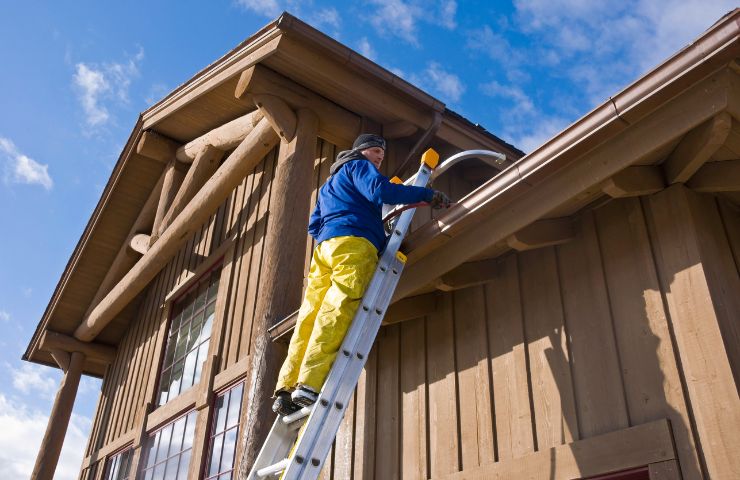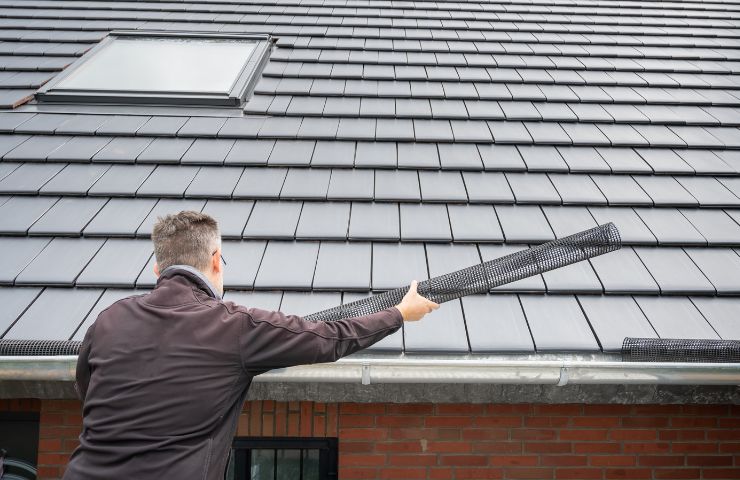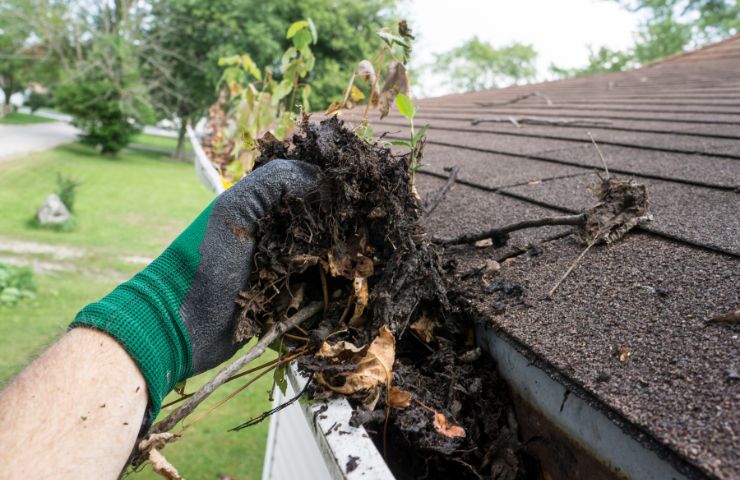As leading gutter contractors in New Orleans, New Orleans Gutter Crew has been serving the local community for years, providing top notch gutter installation, cleaning and gutter repair services tailored to the unique needs of our humid, storm-prone climate. Based right here in New Orleans, ZIP 70113, we understand the importance of durable rainwater management systems to protect homes and businesses from water damage. Our team of licensed and insured professionals delivers seamless gutters, gutter guards, and comprehensive maintenance to keep your property safe and dry.
Why Local Gutter Contractors Matter in New Orleans
Choosing local gutter contractors near me in New Orleans ensures quick response times, especially during hurricane season. We cover areas from 70113 to 70072 in Metairie and beyond, offering best gutter cleaning and gutter replacement with materials like aluminum, copper, and steel gutters. Our commitment to quality and affordability makes us the go-to professional gutter company for residential and commercial clients.
- Expert rain gutter installation starting at $5 per linear foot
- Gutter repair services from $150 per section
- Gutter maintenance plans at $99 annually
| Service | Starting Price |
|---|
| Seamless Aluminum Gutters | $6/ft |
| Gutter Guard Installation | $10/ft |
| Emergency Gutter Repair | $200 |
With a focus on water damage prevention and stormwater management, we provide free inspections and same-day service when possible. Trust New Orleans Gutter Crew for all your home gutter solutions in the Big Easy.


